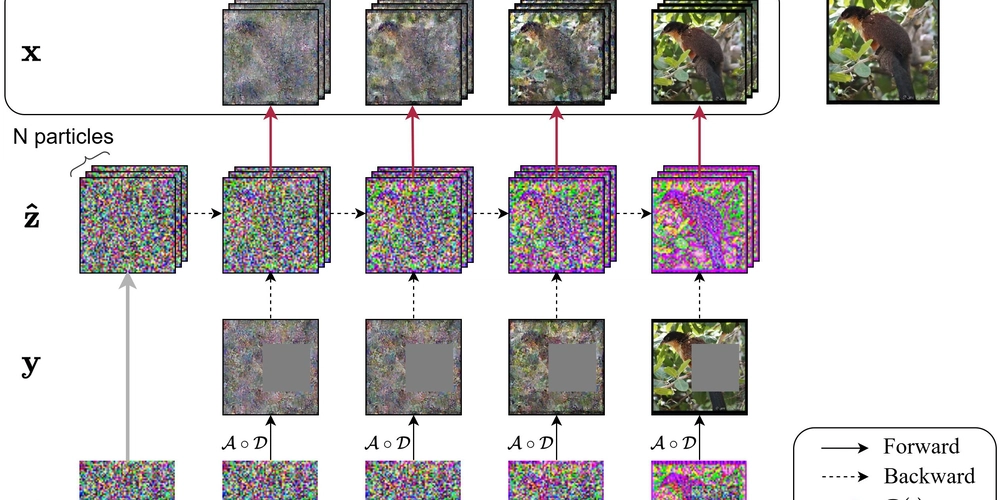Pip
What can I do with pip in Python? Complete Technical Guide pip is the go-to package manager in the Python ecosystem. It allows us to install, update, remove, and manage dependencies simply and efficiently. In this guide, you'll find a clear and detailed explanation of everything you can do with pip to boost your Python development. What is pip? pip (Python Installer Package) is the official Python tool for package management. It allows you to: Install third-party libraries and frameworks from PyPI Manage project dependencies Generate and use requirements.txt files Uninstall or update libraries Work with virtual environments easily Installing packages Installing libraries from PyPI is very simple: pip install package_name Useful examples: pip install django pip install flask pip install requests pip install pandas List installed packages To list all currently installed packages: pip list Updating packages Update any library to its latest available version: pip install --upgrade package_name Uninstalling packages If you no longer need a package: pip uninstall package_name Dependency management Exporting dependencies Freeze the current environment's state into a file: pip freeze > requirements.txt This generates a list of the exact versions of installed libraries, useful for sharing or deploying the project. Install from a file To replicate an environment on another machine: pip install -r requirements.txt Virtual environments + pip It’s highly recommended to work within virtual environments. For example, using venv: python3 -m venv venv source venv/bin/activate (Linux/macOS) venv\Scripts\activate (Windows) Inside the virtual environment, you can use pip without affecting your system-wide Python. Useful libraries to get started Category Package(s) Main Purpose Web Django, Flask, FastAPI Web development frameworks HTTP and APIs requests, httpx Perform HTTP requests REST APIs Flask-RESTful, DRF Easily build REST APIs Scraping beautifulsoup4, scrapy Extract data from websites Data analysis pandas, numpy Data manipulation and analysis Visualization matplotlib, seaborn Build charts and data visualizations Testing pytest, unittest Automated testing CLI tools click, argparse Build command-line tools Machine Learning scikit-learn, tensorflow Predictive models and machine learning Best practices when using pip Always use virtual environments (venv or virtualenv) to avoid dependency conflicts. Keep a requirements.txt file updated in your projects, especially if you plan to share or deploy them. Avoid using sudo pip install on your OS. Always work in virtual environments. Check which packages need updates: pip list --outdated Combine pip with tools like pip-tools, poetry, or pipenv for advanced dependency management. Conclusion pip is much more than just a simple installer. It is a fundamental tool for any Python developer, whether you're building websites, APIs, automation scripts, or data science projects. Mastering pip is one of the first steps toward a professional workflow.
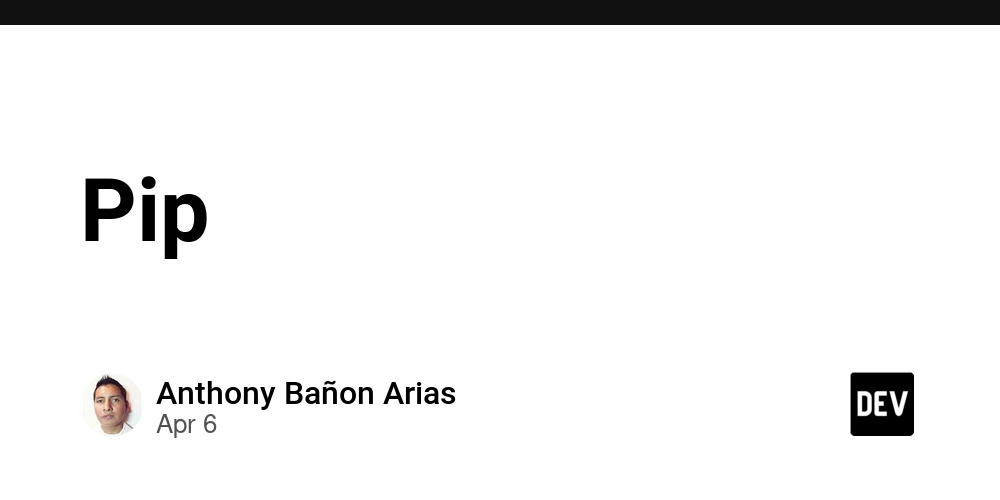
What can I do with pip in Python? Complete Technical Guide
pip is the go-to package manager in the Python ecosystem. It allows us to install, update, remove, and manage dependencies simply and efficiently. In this guide, you'll find a clear and detailed explanation of everything you can do with pip to boost your Python development.
What is pip?
pip (Python Installer Package) is the official Python tool for package management. It allows you to:
Install third-party libraries and frameworks from PyPI
Manage project dependencies
Generate and use requirements.txt files
Uninstall or update libraries
Work with virtual environments easily
Installing packages
Installing libraries from PyPI is very simple:
pip install package_name
Useful examples:
pip install django
pip install flask
pip install requests
pip install pandas
List installed packages
To list all currently installed packages:
pip list
Updating packages
Update any library to its latest available version:
pip install --upgrade package_name
Uninstalling packages
If you no longer need a package:
pip uninstall package_name
Dependency management
Exporting dependencies
Freeze the current environment's state into a file:
pip freeze > requirements.txt
This generates a list of the exact versions of installed libraries, useful for sharing or deploying the project.
Install from a file
To replicate an environment on another machine:
pip install -r requirements.txt
Virtual environments + pip
It’s highly recommended to work within virtual environments. For example, using venv:
python3 -m venv venv
source venv/bin/activate (Linux/macOS)
venv\Scripts\activate (Windows)
Inside the virtual environment, you can use pip without affecting your system-wide Python.
Useful libraries to get started
Category Package(s) Main Purpose
Web Django, Flask, FastAPI Web development frameworks
HTTP and APIs requests, httpx Perform HTTP requests
REST APIs Flask-RESTful, DRF Easily build REST APIs
Scraping beautifulsoup4, scrapy Extract data from websites
Data analysis pandas, numpy Data manipulation and analysis
Visualization matplotlib, seaborn Build charts and data visualizations
Testing pytest, unittest Automated testing
CLI tools click, argparse Build command-line tools
Machine Learning scikit-learn, tensorflow Predictive models and machine learning
Best practices when using pip
Always use virtual environments (venv or virtualenv) to avoid dependency conflicts.
Keep a requirements.txt file updated in your projects, especially if you plan to share or deploy them.
Avoid using sudo pip install on your OS. Always work in virtual environments.
Check which packages need updates: pip list --outdated
Combine pip with tools like pip-tools, poetry, or pipenv for advanced dependency management.
Conclusion
pip is much more than just a simple installer. It is a fundamental tool for any Python developer, whether you're building websites, APIs, automation scripts, or data science projects. Mastering pip is one of the first steps toward a professional workflow.








































































































































































![[The AI Show Episode 143]: ChatGPT Revenue Surge, New AGI Timelines, Amazon’s AI Agent, Claude for Education, Model Context Protocol & LLMs Pass the Turing Test](https://www.marketingaiinstitute.com/hubfs/ep%20143%20cover.png)


















































































































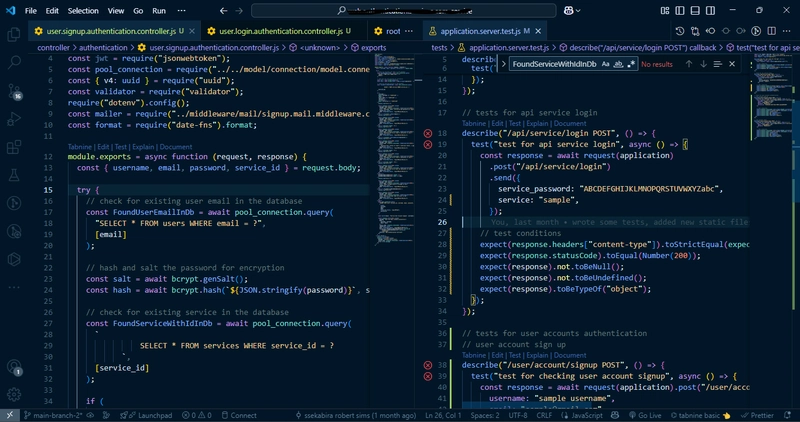
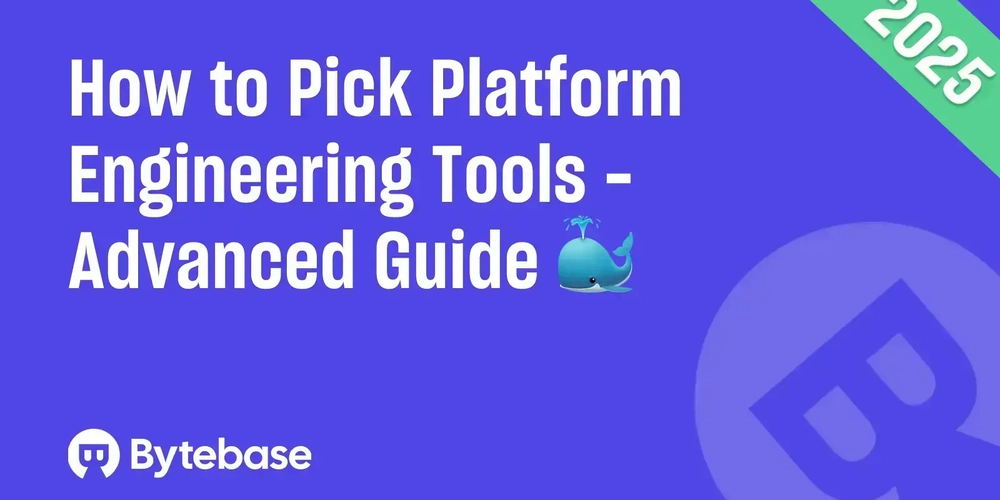















![From drop-out to software architect with Jason Lengstorf [Podcast #167]](https://cdn.hashnode.com/res/hashnode/image/upload/v1743796461357/f3d19cd7-e6f5-4d7c-8bfc-eb974bc8da68.png?#)









































































































.jpg?#)

















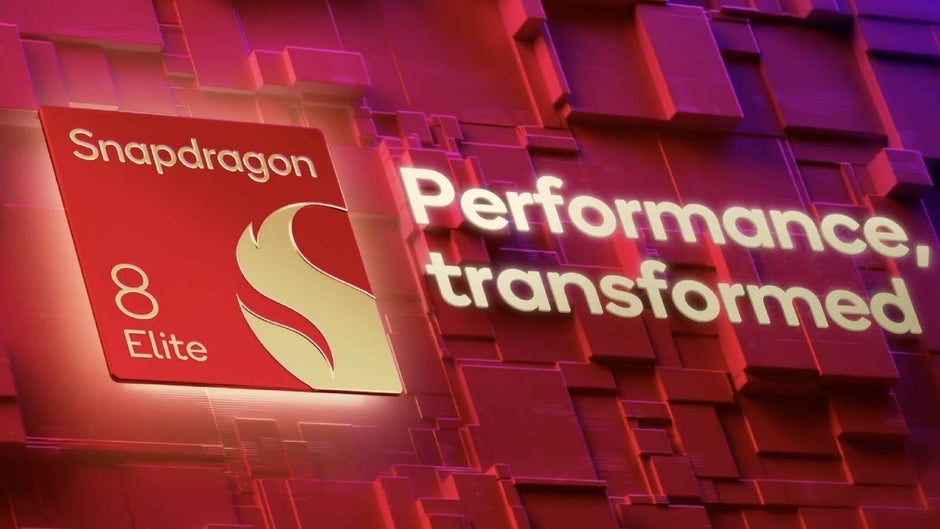
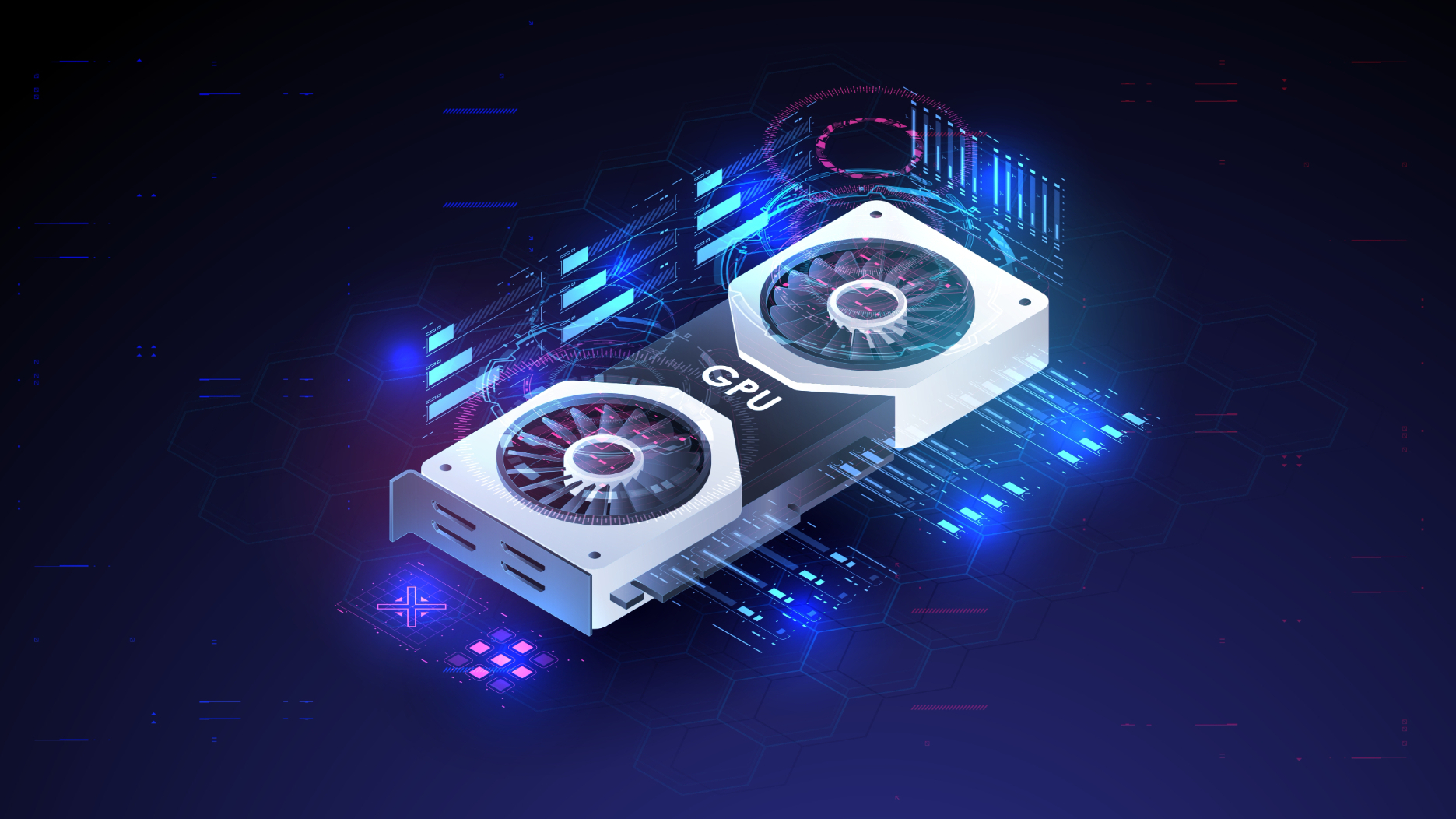












_ArtemisDiana_Alamy.jpg?#)


 (1).webp?#)









































































-xl.jpg)












![Yes, the Gemini icon is now bigger and brighter on Android [U]](https://i0.wp.com/9to5google.com/wp-content/uploads/sites/4/2025/02/Gemini-on-Galaxy-S25.jpg?resize=1200%2C628&quality=82&strip=all&ssl=1)










![Apple Rushes Five Planes of iPhones to US Ahead of New Tariffs [Report]](https://www.iclarified.com/images/news/96967/96967/96967-640.jpg)
![Apple Vision Pro 2 Allegedly in Production Ahead of 2025 Launch [Rumor]](https://www.iclarified.com/images/news/96965/96965/96965-640.jpg)
































































































































